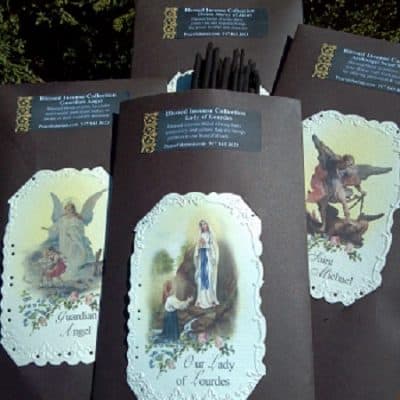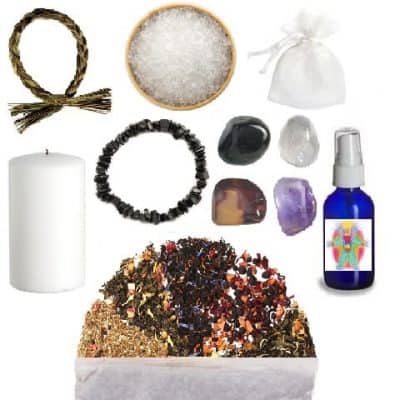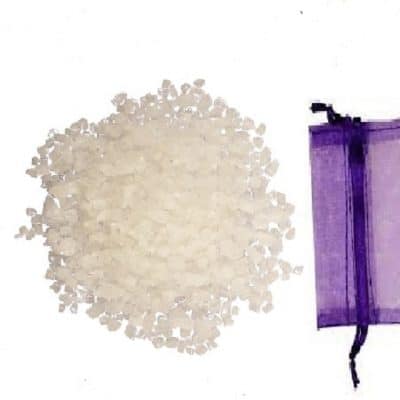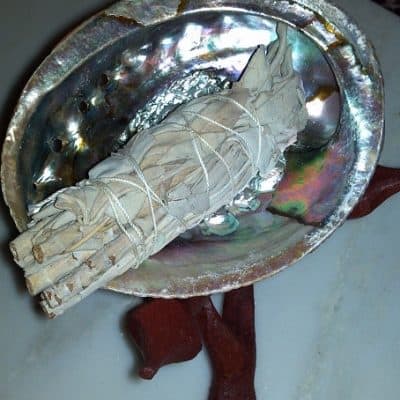Death
Throughout history, people from various religions speak of Azrael “Archangel of Death” who comforts them when they are dying and escorts their souls into the afterlife. Many people from all walks of life who have had near death experiences have reported that they encountered angels who have helped them. Even people who have seen their loved ones dying have also reported encountering angels who gave their dying loved ones peace. When people die, angels may accompany their souls into another dimension, where they’ll live on. It may be just be one angel who escorts a particular soul or it may be a large group of angels who make the journey alongside a person’s soul.
The Angel of Death has been personified as an evil creature wearing a black hood and carrying a scythe. This originated from the Jewish Talmud’s description of an evil Angel of Death who represents the demons associated with the fall of mankind However, the Midrash (a Hebrew term for ways of interpreting biblical stories) explains that God does not allow the Angel of Death to bring evil to righteous people. Jewish tradition says that there are many different angels such as Gabriel, Samael, Sariel, and Jeremiel who may help dying people make the transition from life on Earth to the afterlife.
The Muslim’s Quran mentions an Angel of Death who is charged with taking your souls, “and then you will be returned to your Lord.” (As-Sajdah 32:11). Muslim tradition says that the angel Azrael separates the soul from the body at the moment of death, and Azrael and other angels who help him accompany it to the afterlife.
The Christian Bible doesn’t name one specific angel as the Angel of Death. But it does say that angels are “ministering spirits sent out to serve for the sake of those who are to inherit salvation” (Hebrews 1:14) and makes it clear that death is a holy event for Christians (“Precious is the sight of the Lord in the death of his saints,” Psalm 116:15), so according to the Christians, it is reasonable to expect that one or more angels will be present with people when they die. The Catholic Church teaches that the Archangel Michael escorts souls who have died to the afterlife. Michael may communicate with dying people near the end of their lives on Earth, helping them find redemption before they pass on.
The Buddhist Tibetan Book of the Dead describes how people who are not yet ready to enter God’s presence when they die may find themselves in the presences of Bodhisattva (an angelic being) after death. Such bodhisattvas may help and guide the deceased souls in their new state of existence. (1), (2), (3), (5)
Death
Death: The card of transformation, change, closure, regeneration
Key Words: Change, Transformation, Endings
The Death card, at first glance is often misinterpreted. This card refers to change, transformation or regeneration. It is the change of a caterpillar into a butterfly, the ending of one season as it moves into the next, or the transition of a new moon to a full moon. We live our entire lives within these cycles, yet we do not seem to see them as such.
This card is actually something to look forward to as it is the opportunity to finish something and move on to the next phase. Whether it be the end of a relationship and the possibility or advance of a new one. You may be about to end a job, move from a house or change careers. The best advice you can take from any of these situations is to recognize the good that came from it and the closure you should have before moving on to the next phase.
It is time to get rid of what no longer serves you. Most of the times, change is not easy, but, it is how you choose to handle it, that will make the difference between a smooth transition and one less so. That choice is yours.
If you have been feeling stuck, this card could be a reminder to look around and decide what to let go of. It is a card that helps us find maturity and really…. well-being. Maturity and well-being in the sense that it can actually help us pay attention, move on and let go of that which no longer serves us or a situation we may have become to dependent on. This card can teach us the art of detachment.
If you are experiencing pain or loss at this time, take comfort in the fact that you will, one day, be able to look back at this time as the beginning of a new chapter in your life. Let go and trust the Universe. It will always guide you in the direction of harmony.
Key Symbols
Armor: is protection and preparation. The one wearing the armor anticipates challenges and is willing to fight for what they want.
Boat: can indicate actual travel over water. Boats and ships represent movement or change that is motivated by emotions. The size of the ship can indicate the support and resources available for dealing with the situation.
Crown: represents a relationship with the divine. It is the intersection between consciousness and spiritual communion.
Flag: represent the arrival or the announcement of something non-material.
Horse: represent change, vitality, strength and direct movement. The horse symbolizes the harnessing of raw energy towards human ambition. The rate and nature of the horse’s movement will determine the degree of change that takes place.
Roses: the Queen of all flowers, represent beauty of life and hope for the future. Red roses represent passion, action, the masculine and blood. White roses represent spiritual purity, transformation, the feminine and light.
Skull: Long seen as a symbol of humanity’s mortality – the skull is a symbol that all things change and transition. Some cultures see the skull as the seat of the mind – the home of our thoughts. In this case, we can translate the skull to mean the death of unwanted thoughts.
Sun: More irony with this card! The sun is a symbol of life and growth. The sun in this case serves as a symbolic reminder that where there is an ending, there is always a new beginning. The sun will rise again, and tomorrow is another day.
Key Questions
When the Death Tarot comes up:
How do you handle change?
What can you do to prepare yourself for change?
Is there something in your life that is due for a change?
Should you wait a bit to make that decision you’ve been worried about?
How do you feel about endings? Do you recognize they are followed by beginnings?
Are you being honest with yourself in exposing areas of your life that need transition?
Death:
Major Arcana
Chakra: Root Chakra, Crown Chakra
I Ching: Huan
Runes: Kenaz, Eihwaz
Number 13 (see number 4)
Element: Water
Planet: Pluto
Rules: Scorpio
Colors: Yellow, Black, White
Crystal: Black Tourmaline, Bloodstone, Amber
Characteristics: Passionate, secretive, intense, mysterious, sexual, brooding, paranoid. Unexpected loss or change, new beginning, illness, death, bad luck. The Death card is often misunderstood. The number of the card itself, bad luck number 13 is accompanied by images on the card of gloom and doom, yet it’s real meaning suggests not physical death, but rather a change, an ending or the beginning of something new! The skeletal harvester in the imagery is gathering sustenance and clearing the ground for new growth. As death is an essential part of life, this card truly symbolizes reincarnation, regrowth and renewal. The skeleton represents the part of us that is rarely seen, so therefore, it is sometimes necessary to reveal apart of our inner self in order to examine who we are more closely.
Dreaming of death is often an indication of great change in your life. In some traditions it means that someone in the family would soon be wed and the wedding would be beautiful. In .
Deceased (dreaming about)
Dreams of being haunted by the dead or guided by the dead is more common than most being may think. Many women have dreams of being cursed or criticized or by someone who’s passed away often from their deceased spouse. Men, on the other hand have more dreams that their deceased mother is scolded them for giving away their belongings, not marrying the right person or they are not good enough. Sometimes you may receive a significant message from your deceased loved one or an angel, who has a meaningful impact on your life.
The Sugar Skull or Calavera
A calavera is a representation of a human skull. The term is most often applied to decorative or edible skulls made from either sugar or clay which are used in the Mexican celebration. (Spanish -pronounced [kalaˈβeɾa] for “skull”) is a representation of a human skull. The term is most often applied to decorative or edible skulls made (usually by hand) from either sugar (called Alfeñiques) or clay which are used in the Mexican celebration of the Day of the Dead (Día de los Muertos) and the Roman Catholic holiday All Souls’ Day. Calavera can also refer to any artistic representations of skulls, such as the lithographs of José Guadalupe Posada. The most widely known calaveras are created with cane sugar and are decorated with items such as colored foil, icing, beads, and feathers
See also: Coping with Death
References
1. https://en.wikipedia.org/wiki/Symbol
2. https://www.whats-your-sign.com
4. Rider Waite Centennial Edition








